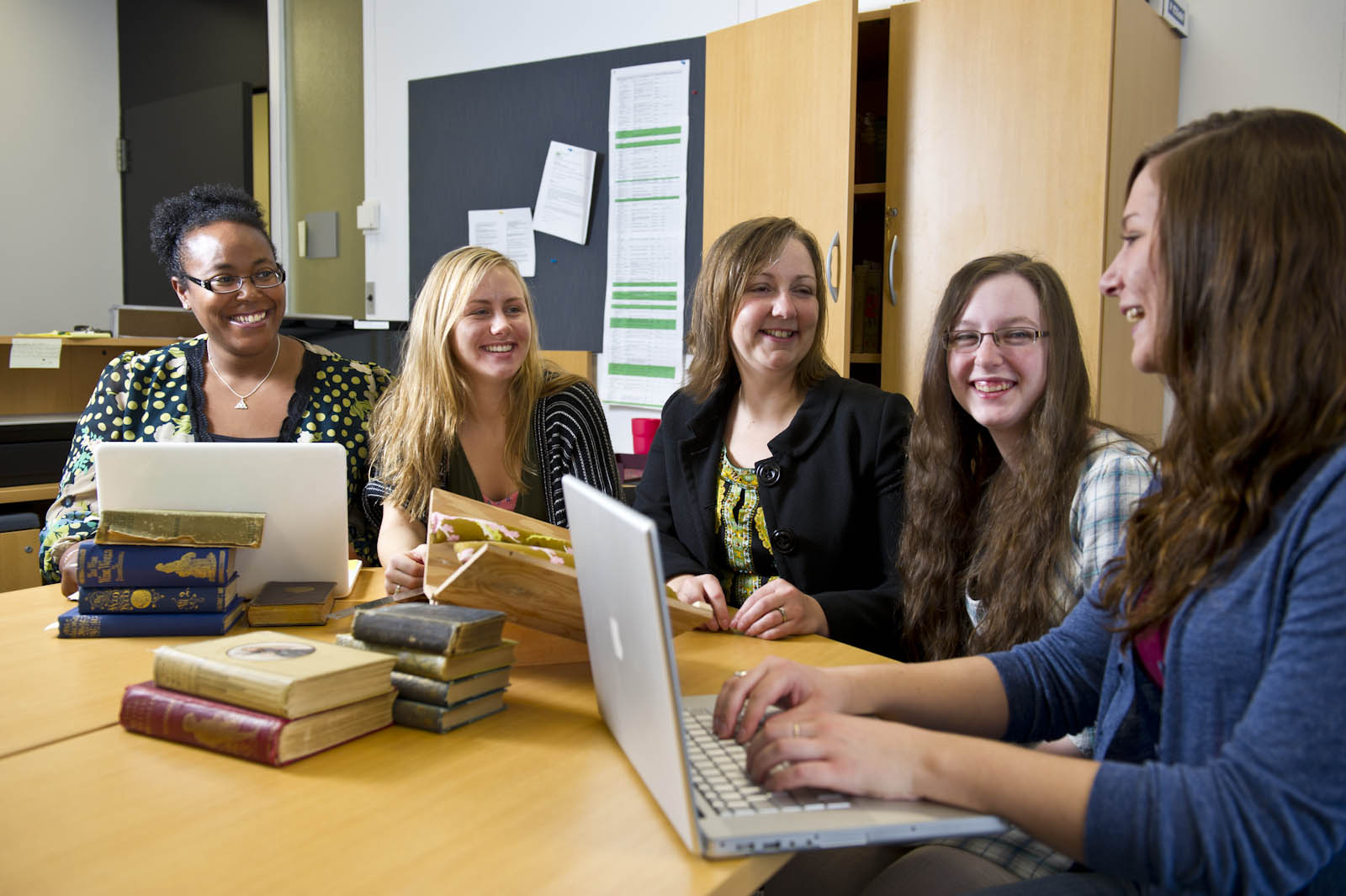In the summer of 2006, with graduate school funding from the University of Iowa, I began the first of many visits to special collections with the hope of completing my dissertation about transatlantic reprinting. The project, entitled Steaming Across the Pond, covered texts that were fraught sites of transatlantic debate because they were reprinted widely in both the United States and Britain. Before embarking on my trip, I read any novel, essay, or pamphlet that I could find in which characters crossed oceans both literally and metaphorically. I first picked up Warner’s The Wide, Wide World because it had come to my attention that Ellen Montgomery went to Scotland. Little did I know as I first held Jane Tompkins’s Feminist Press edition that this book would become my own little book history obsession.
In my travels to the Newberry in Chicago, the Library Company of Philadelphia, the British Library, and the National Library of Scotland, I found abridged copies, extended copies, copies with illustrations, and translated copies of Warner’s novel. In these depictions of The Wide, Wide World, I began to see a distinct evolution of national and gender identities taking shape over the hundred-year period in which the novel was printed.
The first version of the project, The Wide, Wide Hypermedia Archive, was a collection of the photographs that I took with my basic digital camera as I visited archives. It was rudimentary in its design, but my experiences with the first archive helped me develop a methodology for visualizing the material book digitally and how to encourage users to compare and interact with materials on the site.
The Wide, Wide World’s story is one of consistent repurposing and reimagining on the part of a plethora of textual agents with little to no concern for authorial authenticity or even first dibs. The Wide, Wide World’s adaptations are inherently collaborative and contain the work of illustrators, woodcutters, printers, and binders. Whereas we traditionally think of the work of the author as solitary, the printing house has always been understood as a collaborative space. The traditional work of a scholarly editor to choose one regularized reading text limits the influence of various textual agents and their productions–and, ultimately, works against the textual corpus itself. The multivocal revision sites of myriad editions and reprints resist a stable meaning actively and even symbolically.
My initial archive moved with me to Southern Illinois University Edwardsville in 2008, where my colleague Kristine Hildebrandt and I founded the Interdisciplinary Research and Informatics Scholarship (IRIS) Center. With support from internal grants and SIUE’s Undergraduate Research and Creative Activities (URCA) Program, I have been able to involve students directly in the labor and decision making that goes into the project.

2010-2011 project team from left to right: Consuella Kelly, Kelly Walsh, Jessica DeSpain, Brianne Foster, Kayla Hays
The project won an internal Seed Grant for Transitional and Exploratory Projects (STEP) in 2010 and a New Directions Grant in 2011, allowing us to borrow 82 versions of the novel from the Constitution Island Association in West Point, NY, which curates Warner’s home and papers. Working with an ATIZ book scanner, students and I spent five months scanning and renaming the books so that we would have over 10,000 high-quality archival images that would act as the data set for the site’s new iteration: The Wide, Wide World Digital Edition.
Our move toward a new version of the archive has also brought new collaborators to the project including Melissa White, a Visiting Assistant Professor at Alma College, who I first met because her extensive collection of copies of The Wide, Wide World took me to the University of Virginia; Bryan Dunlap, the lead archivist at the Constitution Island Association; Jennifer Brady, a Lecturer in the Committee on Degrees in History and Literature at Harvard University, who specializes in reader reception and Warner’s fan letters in particular; and Jill Anderson, an Assistant Professor at SIUE, who works on early American literature and the novels of the early national period.
This year, we have been establishing a standardized file renaming practice, preparing images for the web, developing our site design, and making our images machine-readable using Optical Character Recognition Software. We plan to use Omeka and Juxta to provide robust textual and visual comparisons of the novels variants.
On this blog the project team will record the development of the Edition and share what we learn with others in our quest to document The Wide, Wide World on the World Wide Web.
Jessica DeSpain
Lead Editor
The Wide, Wide World Digital Edition
